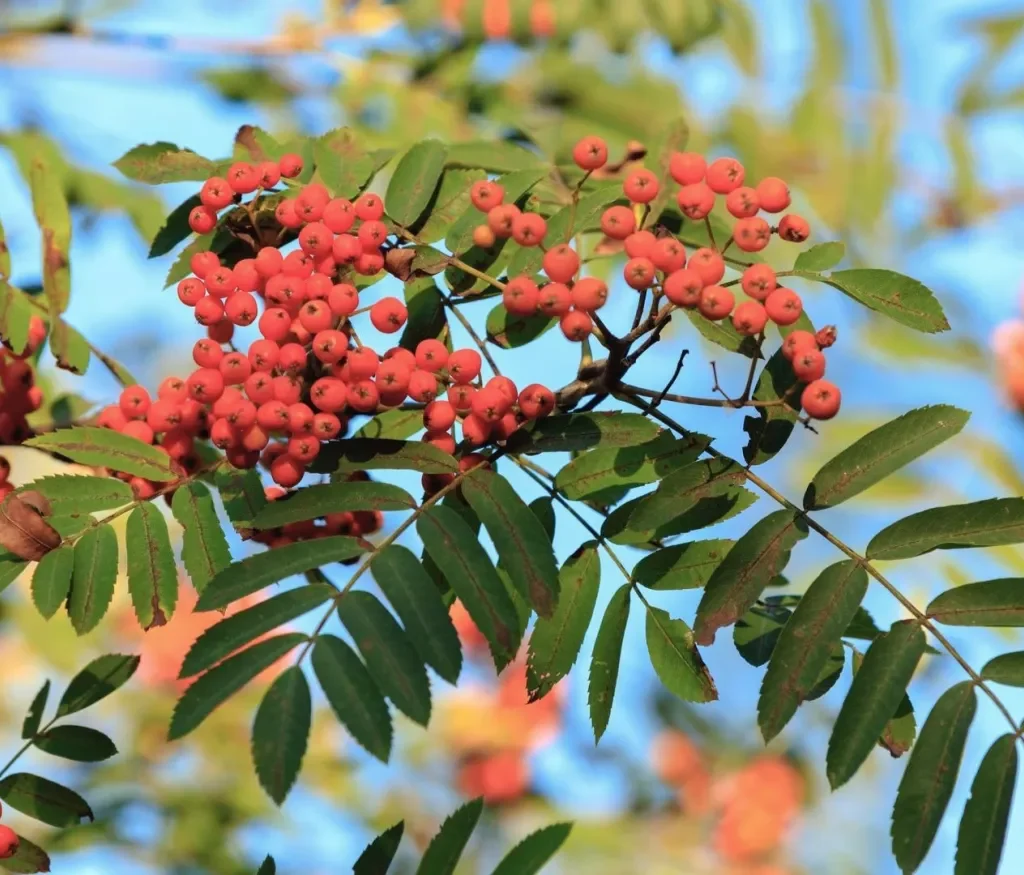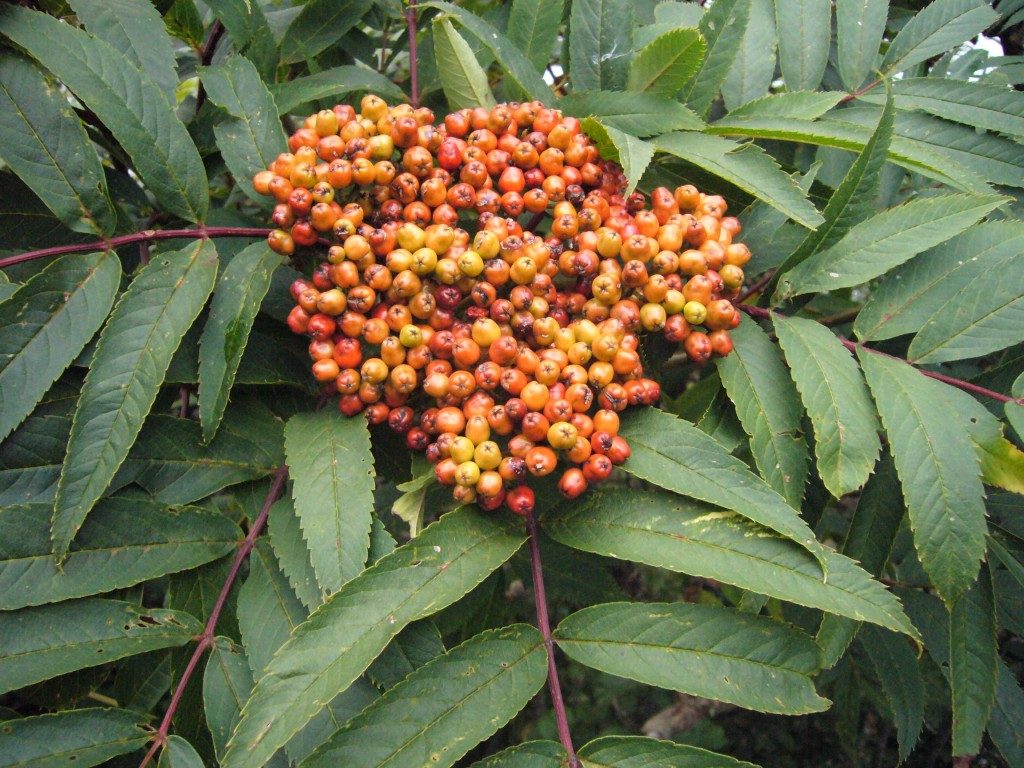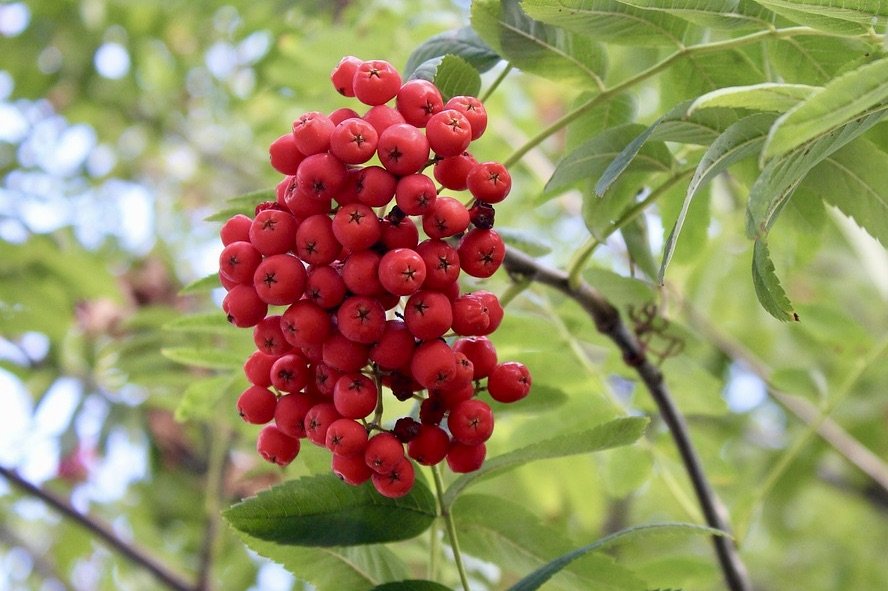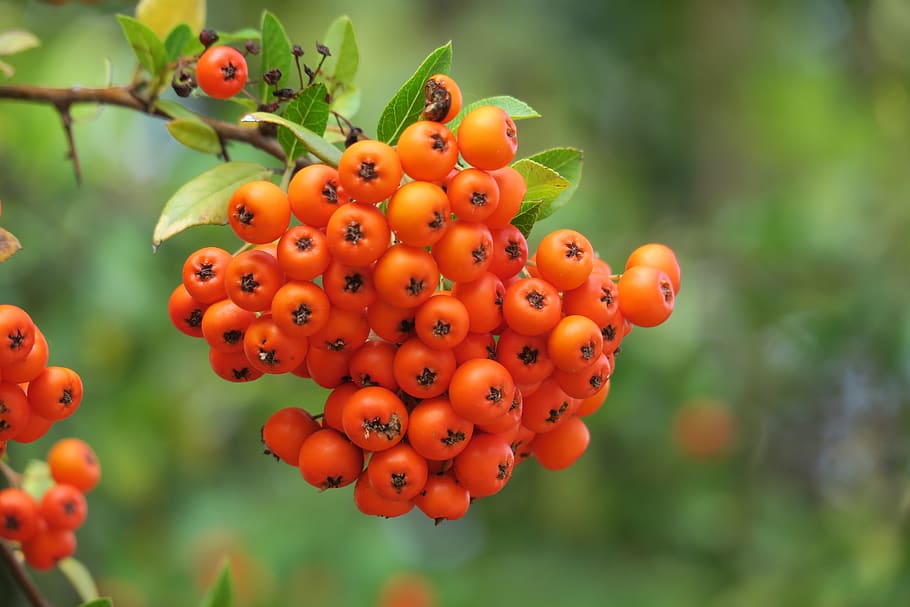The natural world offers an incredible variety of berries, each with its own unique flavor, history, and health benefits. Among these, Mountain Ash berries — small, colorful fruits from trees belonging to the Sorbus genus — have held cultural, culinary, and medicinal significance in various regions for centuries.
But which country leads the world in producing these vibrant, nutrient-rich berries? In this article, we’ll explore the fascinating story of Mountain Ash berries, their uses, ecological value, and ultimately answer the key question: Which country is the largest Mountain Ash berry producer in the world?
What Are Mountain Ash Berries?

Mountain Ash berries, often known simply as rowan berries, grow on Sorbus aucuparia and related species within the Rosaceae family. Despite their name, they are not true ashes but were given the name because of the resemblance of their leaves to those of ash trees.
Key Details:
- Scientific Name: Sorbus aucuparia
- Common Names: Mountain Ash berry, Rowan berry, Quickbeam
- Family: Rosaceae
- Native Range: Europe, Northern Asia, parts of North Africa
- Fruit Appearance: Small, round, typically red, orange, or yellow berries in tight clusters
- Taste: Very astringent and bitter when raw; improves with frost or cooking
While not widely eaten fresh due to their tartness and mild toxicity in large quantities, these berries are valued for their culinary and medicinal uses after proper preparation.
Which Country Is the Largest Mountain Ash Berry Producer in the World?
The title of the largest Mountain Ash berry producer in the world belongs to Russia.
Russia’s vast, diverse landscape — which includes massive temperate forests, mountain regions, and cold-climate areas — offers ideal growing conditions for Mountain Ash trees. The country not only has the largest natural distribution of these trees but also actively cultivates them for their berries, used in food, traditional medicine, and distilling industries.
Why Russia Leads in Mountain Ash Berry Production

Several factors contribute to Russia’s dominance in Mountain Ash berry production:
1. Natural Abundance
Russia is home to vast boreal forests and mountain regions where Sorbus aucuparia grows prolifically in the wild. This natural availability allows for both wild harvesting and cultivated production.
2. Traditional Uses
In Russian culture, Mountain Ash berries (called ryabina in Russian) have been used for centuries in folk remedies, jams, jellies, preserves, and notably in infused vodkas and liqueurs.
3. Favorable Climate
The cool, temperate to subarctic climate of much of Russia is ideal for Mountain Ash trees, which thrive in cold, elevated, and forested environments.
4. Strong Herbal and Natural Food Market
Russia has a thriving market for traditional herbal and natural food products, driving demand for berries like Mountain Ash for medicinal teas, syrups, and immune-boosting remedies.
How Are Mountain Ash Berries Cultivated in Russia?
While a significant portion of Russia’s Mountain Ash berry production comes from wild harvesting, there are also cultivated orchards, especially in European Russia, Siberia, and the Ural region.
Cultivation Highlights:
- Soil Requirements: Moist, well-drained, acidic to neutral soils
- Propagation: Seedlings or grafted saplings from selected varieties
- Maturity: Trees begin fruiting 3–5 years after planting
- Harvesting Season: Late summer to early autumn (August–October)
- Harvest Method: Manual collection, often after the first frost to reduce bitterness
Global Production and Other Major Producers

Though Russia is the largest producer, other countries also grow Mountain Ash berries, mainly for local consumption, health products, and artisanal uses.
Global Production Estimates:
- Russia: Over 50% of global production
- Poland: Approx. 20%, with Mountain Ash berries used in traditional preserves and liqueurs
- Germany and Ukraine: Each contributes 10–15%
- Other European Countries: Romania, Czech Republic, Norway, and Finland also produce smaller quantities, mainly from wild harvesting
Health Benefits and Nutritional Value
Though astringent when raw, properly prepared Mountain Ash berries are highly nutritious and have long been used in natural medicine.
Nutritional Highlights (per 100g of fresh berries):
- Calories: 47 kcal
- Vitamin C: 98 mg (163% of Daily Value)
- Fiber: 5–7g
- Antioxidants: Rich in carotenoids, flavonoids, and phenolic acids
- Organic Acids: Sorbic acid (natural preservative)
Key Health Benefits:
- Immune System Support: Exceptionally high Vitamin C content strengthens immunity.
- Digestive Aid: Traditional use for digestive disorders.
- Antioxidant Protection: Protects against free radical damage.
- Anti-Inflammatory Properties: Helps manage inflammation.
- Mild Laxative Effect: Promotes healthy digestion.
- Heart Health: May assist in reducing cholesterol levels.
Popular Uses of Mountain Ash Berries

While their sharp bitterness deters raw consumption, Mountain Ash berries are popular in various prepared forms:
- Jams and Jellies: Often mixed with sweeter fruits like apples or pears.
- Liqueurs and Vodkas: Infused to produce distinctive Russian spirits like Ryabinovka.
- Herbal Teas and Syrups: Traditional remedies for colds and sore throats.
- Chutneys and Pickles: Served as condiments in Eastern Europe.
- Medicinal Extracts: Used in naturopathy and folk medicine.
Mountain Ash Berry in Other Producing Countries
Poland:
Mountain Ash berries, known locally as jarzębina, are traditionally used in jams and alcohol infusions. Small-scale commercial orchards and abundant wild-growing trees contribute to Poland’s production.
Germany:
In Germany, Vogelbeere is a popular ingredient in schnapps and jellies. Wild harvesting remains common in southern regions and the Bavarian Alps.
Ukraine:
Ukraine follows similar traditions to Russia, incorporating Mountain Ash berries in both culinary and medicinal practices.
Norway and Finland:
In Nordic countries, berries are collected from the wild and used in liqueurs and preserves, often combined with game dishes.
Challenges in Mountain Ash Berry Production
Mountain Ash berry production faces several challenges:
- Limited Commercial Demand: Outside Eastern Europe and parts of Scandinavia, market awareness is low.
- Perishability: Berries spoil quickly and require immediate processing.
- Bitterness and Toxic Compounds: Raw berries contain parasorbic acid, mildly toxic and very bitter; must be cooked or frozen to neutralize.
- Manual Harvesting: Labor-intensive and often limited to seasonal harvesting crews.
Future Prospects for the Mountain Ash Berry Industry
As the global market for superfoods and antioxidant-rich natural remedies expands, Mountain Ash berries are gaining attention for their exceptional nutritional profile.
Producers in Russia and Poland are already developing innovative products:
- Natural immune-boosting syrups
- Organic jellies and herbal teas
- Flavored liqueurs for export
- Beauty and skincare extracts
Increased international promotion and culinary innovation could significantly boost the berry’s popularity in health-conscious markets worldwide.
Final Thoughts

To summarize, Russia is the undisputed leader in Mountain Ash berry production, thanks to its vast natural forests, cold climate, and rich cultural tradition of using these berries in culinary and medicinal applications. While countries like Poland, Germany, and Ukraine contribute to global production, none match Russia’s scale and diversity of uses.
As health food trends continue to spotlight natural, antioxidant-rich ingredients, Mountain Ash berries may soon enjoy broader recognition — with Russia remaining at the forefront of this industry.





